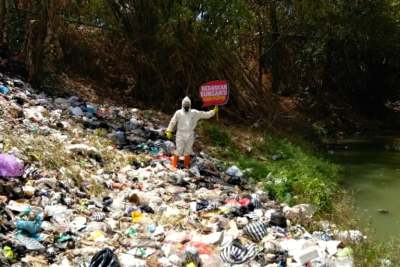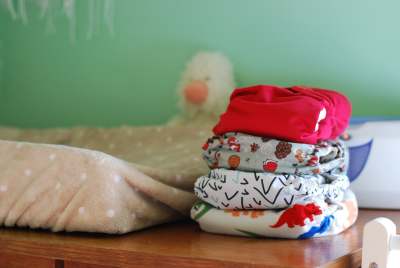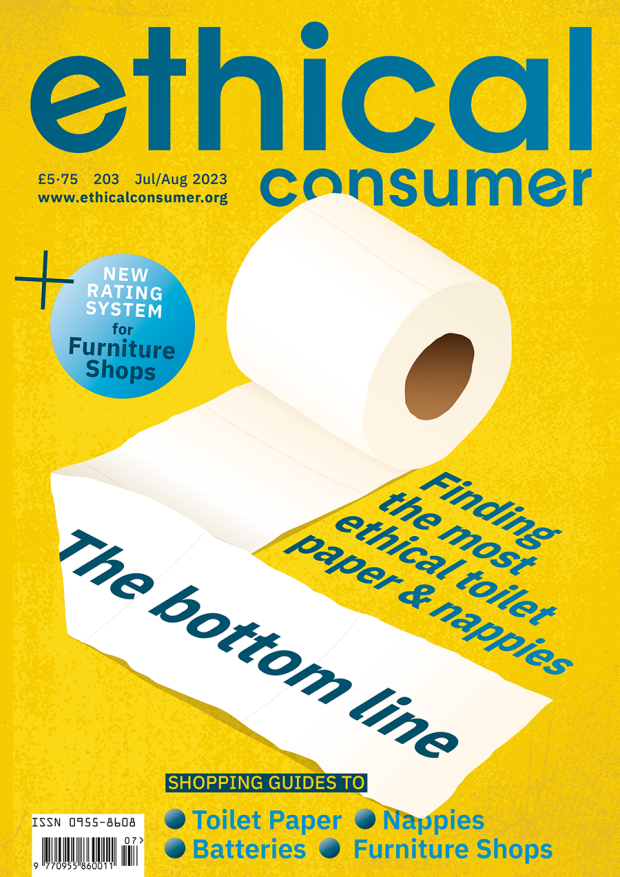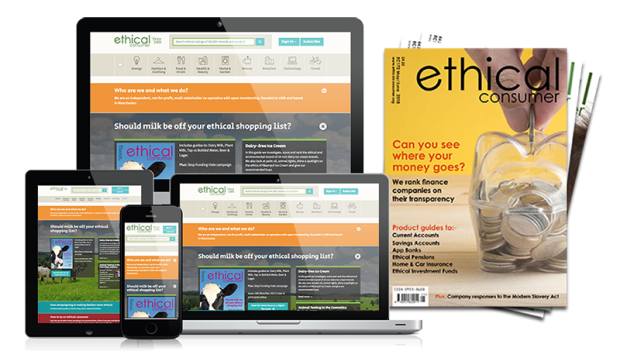Why finding eco friendly nappies is important
With some of the biggest brands barely scoring any points at the bottom of the guide, the choice of nappy can have a significant impact on people and planet.
About 300,000 nappies a minute end up either in landfill, incinerated, or in the environment. They will likely languish there for centuries. Since their invention in the 1940s, single-use nappies have grown to become one of the primary contributors to global plastic waste worldwide. We are paying a heavy price for their hyper-convenience, with nappies amongst the top 25 most common plastic items found on the ocean floor.
We look at whether there are any truly biodegradable disposable nappies, and whether reusable nappies are a realistic alternative.






